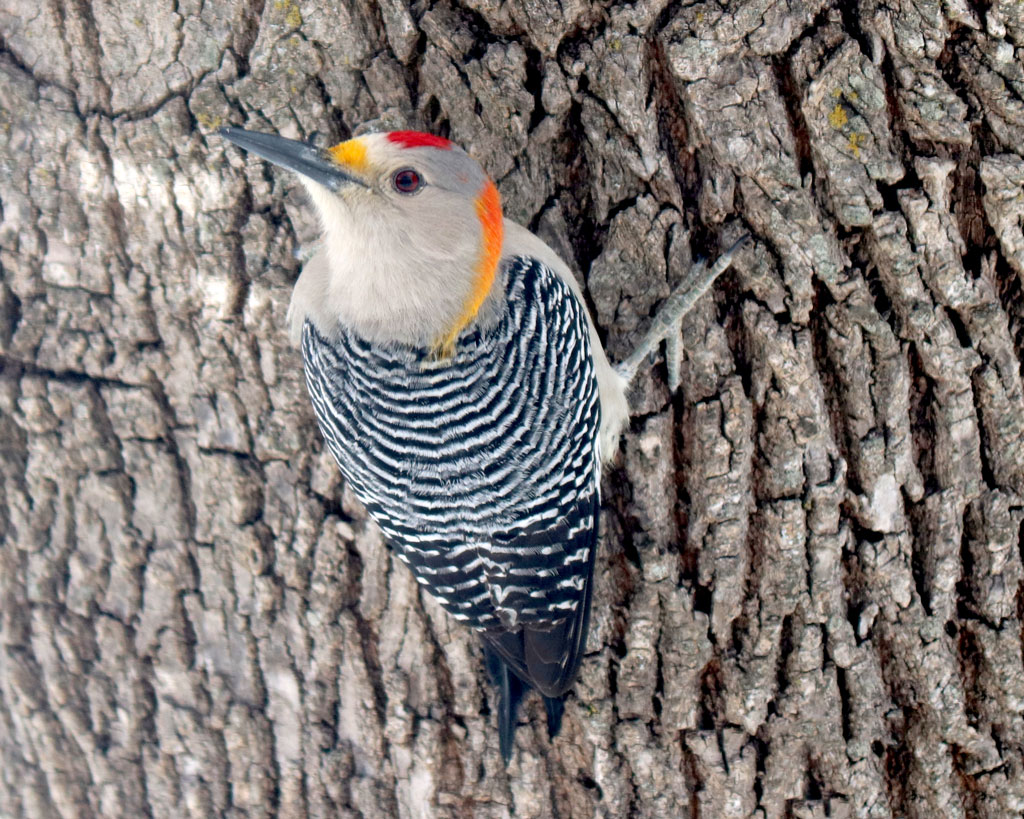Many plants have impenetrable barriers, such as bark and waxy cuticles, or adaptations, such as thorns and spines, to protect them from herbivores.
Pyracantha shrubs have thorns. Rose bushes have prickles — hence the phrase “prick your finger.” Cacti have spines. Nettle plants have trichome. The sap of the dumb cane (Dieffenbachia amoena) contains idioblasts, which will numb a human’s throat and vocal cords so they’re unable to talk. Mutualism, crypsis, chemical signaling, and poison round out the nine main categories of plant defense mechanisms.
Poison as a defense mechanism can result in paralysis, intense itch, upset stomach, and blurred vision. Seasonal deadly poisonous Texas plants include Texas bull nettle, poison hemlock, foxglove, poison ivy, poison sumac, and elephant ear.
FEBRUARY PLANTINGS
Asparagus, beets, broccoli, cabbage, carrots, cauliflower (transplant), chard Swiss, collards, sweet corn (mid- to late February), kohlrabi, lettuce, mustard, onion (plants), parsley, English peas, potato (mid-February), radish, and turnip.
OAK WILT
Because this past year has been so harsh on our trees, we reached out to Kelly Tarla with the Burnet County AgriLife Extension Service for a prevention list.
“Oak wilt, one of the most destructive tree diseases in the United States, is killing oak trees in Central Texas at epidemic proportions,” she said. “Proper pruning techniques and timing can help prevent oak wilt. Oak wilt is expensive to manage, affects aesthetics, and decreases property value. Prevention is key.”
Here are month-by-month do’s and don’ts.
January: Wrap up your tree pruning.
February: Beetles that carry the fungus spores from tree to tree are most active February through June. Avoid pruning/wounding oaks during this time if possible. If pruning is a necessity for safety purposes, make sure to PAINT ALL OAK WOUNDS IMMEDIATELY.
May: Oak trees typically show symptoms of oak wilt at this time of year. Reach out to a tree professional if you’re concerned.
July: Beetles and fungal mat activity decrease with high temperatures.
August: Pruning oak trees in the heat of summer can stress the tree. Try to wait until fall/winter to tackle pruning unless safety is a concern.
October: Now is a good time to prune your trees, but always paint oak wounds immediately.
November: Fall is a great time to plant new trees.
December: Don’t move firewood! Never use infected red oak wood.
GOLDEN-FRONTED WOODPECKER
The golden-fronted woodpecker is easy to spot. Both the male and the female have the black and white design of woodpeckers on their back and wings. From a distance, the black and white appear as stripes across the woodpecker’s back. Both males and females have a yellow spot between their eyes at the edge of the beak. While both sport a yellow-orange nape, the male tops off his attire with a red crown.
The Melanerpes aurifrons is not a finicky eater. It enjoys a diet of insects as well as nuts, seeds, and suet.
Make sure to keep your avian watering holes fresh and full.
Til next time. Keep your souls and soles in your garden! Remember the True Master Gardener: Jesus said, “I am the vine; my Father is the Gardener.” John 15:1
"In the Garden" is written by father-daughter duo Bill and Martelle Luedecke and Bill Luedecke. Contact Martelle at 512-769-3179 or luedeckephotography@gmail.com. Contact Bill at 512-577-1463 or bill@texasland.net.

